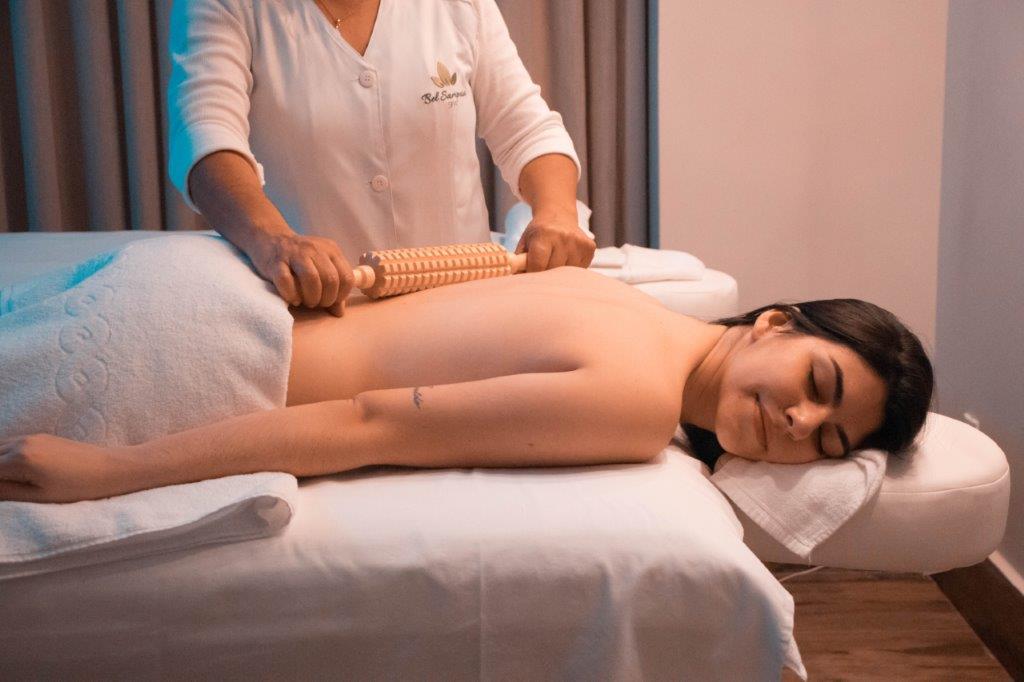Who Seeks Hormone Replacement Therapy?
Women in perimenopause, menopause, and post-menopause often seek hormone replacement therapy. This is because they look for relief from symptoms arising from changes in hormone levels during these stages of life. Perimenopause occurs about 10 years before menopause. A woman is not considered to be menopausal until they have not had their period for a year. That usually happens around the age of 50.
Some of the symptoms during these phases are:
- Bone loss
- Vaginal dryness
- Hot flashes
- Night sweats
- Difficulty sleeping
- Difficulty focusing
Women turn to hormone replacement therapy (HRT) to alleviate disturbing symptoms and to reduce the risk of heart disease. Hormone replacement therapy for women reduces bothersome symptoms. Female hormone replacement deals with the loss of estrogen and progesterone. Hormone replacement therapy for women can either be done with the help of estrogen alone or estrogen with progestin (similar to progesterone) or estrogen with progesterone. Estrogen, progestin, and progesterone have different functions.
The Benefits of Estrogens and Progesterone
Estrogens play a role in sexual development. Many people consider these hormones to be female sex hormones. Estrogens help stop hot flashes and are important in bone development. They also help with alleviating vaginal problems such as thinning of the vaginal wall and vaginal dryness. It can be supplemented by using progestin.
Progestin is a synthetic form of progesterone. For women who still have their uterus, progestin is added to estrogen in hormone replacement therapy for women to reduce the likelihood of developing uterine cancer. Progestin is unnecessary for those who have had a hysterectomy. Progesterone has several benefits.
Progesterone is a fertility hormone that also sustains the pregnancy. However, when used in female hormone replacement, it reduces anxiety and helps with memory and sleeping. It also reduces night sweats. Women can take progesterone longer than estrogen because estrogen has many side effects. However, for some women, the benefits outweigh the risks.
The Wonders of Female Hormone Replacement Therapy:
Hormone Replacement Therapy (HRT) helps with the following symptoms:
- Hot flashes
- Night sweats
- Bone loss
- Insomnia
- Vaginal Dryness
- Difficulty staying asleep
- Dry skin
The Dangers of Using Hormone Replacement Therapy
However, HRT can be dangerous. Some of the common side effects are:
- Headache
- The feeling of being bloated
- Nausea
- Breasts feel tender
HRT for women also comes with some serious risks as follows:
- Stroke
- Serious heart conditions
- Clotting of the blood
- Serious gallbladder symptoms
Who should avoid Hormone Replacement Therapy?
If a woman falls under the following categories, she should avoid HRT:
- She has breast, endometrial, or ovarian cancer
- She has suffered from a stroke
- She has one or more liver illnesses
- She has vaginal bleeding problems
How Women Get HRT
HRT can be administered in several different ways.
- Estrogen is safest as either a cream, patch, or pellet.
- Testosterone can be given as either a pellet or cream.
- Progesterone can be given either as a pill or cream.
The Pros and Cons of Natural Hormone Replacement Therapy
The natural hormones for women are made in a laboratory and they come from natural body hormones. Hormones used in traditional hormone replacement therapy (HRT) come from the urine of horses or are synthetic ones made in a laboratory. Bio-Identical hormones are made from wild yams.
The risks of using natural hormones for women are similar to the ones found in traditional HRT. Therefore, it is up to the women desiring alleviation of hormone reduction symptoms to decide whether to use traditional or natural hormone replacement therapy.
